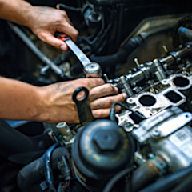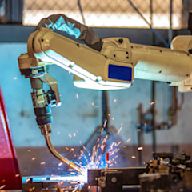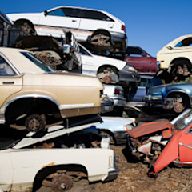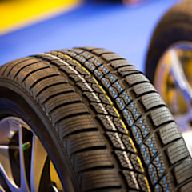Ad
related to: Body PartsLooking For Body Parts? We Have Almost Everything On eBay. Fast and Free Shipping On Many Items You Love On eBay.
Search results
- 1992 · Horror · 1h 25m
Jun 20, 2023 · Digestive system. Skeletal system. Muscular system. Nervous system. Reproductive system (female) Reproductive system (male) Each organ in your body’s 11 organ systems work so you can perform ...
- Nervous System
- Reproductive System
- Skin
- Muscular System
- Endocrine System
- Immune System
- Digestive System
- Circulatory System
The brain and spinal cord form the central nervous system, which works to process and send nerve signals, interpret information, and produce conscious thought. The nervous system helps the body regulate every function, including every other organ system. The nervous system also includes an extensive network of neurons throughout the body — the peri...
The reproductive system includes the organs that enable a person to reproduce and experience sexual pleasure. In females, the reproductive system also supports the growth of a fetus. The male reproductive systemorgans include: 1. the testes 2. the epididymis 3. the vas deferens 4. the ejaculatory ducts 5. the prostate gland 6. the seminal vesicles ...
The skin is the body’s largest organ. It is part of the integumentary system, which includes skin, hair, nails, and fat. The integumentary system helps regulate body temperature, protect the body from dangerous pathogens, make vitamin Dfrom sunlight, and provide sensory input. The skin comprises three layers: 1. The epidermis:This is the outer laye...
The muscular system includes a vast network of muscles. There are three types of muscles: 1. Skeletal muscles:These are voluntary muscles, meaning a person can decide when to move them. The biceps and triceps are examples of skeletal muscles. 2. Cardiac muscles:These are involuntary muscles that help the heart pump blood. 3. Smooth muscles:These ar...
The endocrine system is a network of glands throughout the body. These glands release important chemicals called hormones, which help regulatethe function of virtually every organ and organ system in the body. The endocrine system includes several major glands, including: 1. the pancreas 2. the thyroid 3. the adrenal glands 4. the pituitary 5. the ...
The immune system helps the body prevent infections and fights them off when they do occur. Many organs play a role in the immune system. For example, the skin prevents dangerous pathogens from entering the body, and the salivary glands release saliva that can help break down some dangerous sources of infection in food. The lymphatic system plays a...
The digestive systemis the group of organs that digest food, as well as the various structures within that release substances to aid digestion and absorption. It includes: 1. the mouth 2. the esophagus 3. the salivary glands 4. the gallbladder 5. the liver 6. the pancreas 7. the stomach 8. the small and large intestines 9. the appendix 10. the rect...
The circulatory system includes the many blood vessels circulating throughout the body. It includes veins, arteries, capillaries, venules, and arterioles. The lymphatic system is also part of the circulatory system. It helps maintain the body’s fluid balance by collecting excess fluid and other particles from the blood. Lymph nodes are present with...
The human body is composed of elements including hydrogen, oxygen, carbon, calcium and phosphorus. These elements reside in trillions of cells and non-cellular components of the body. The adult male body is about 60% water for a total water content of some 42 litres (9.2 imp gal; 11 US gal).
- Skeletal system. The skeletal system is composed of bones and cartilages. There are two parts of the skeleton; axial and appendicular. The axial skeleton consists of the bones of the head and trunk.
- Muscular system. The muscular system consists of all the body muscles. There are three muscle types; smooth, cardiac and skeletal muscles. Smooth muscle is found within walls of blood vessels and hollow organs such as the stomach or intestines.
- Cardiovascular system. The cardiovascular system is comprised of the heart and the circulatory system of blood vessels. The heart is composed of four chambers; two atria and two ventricles.
- Respiratory system. The respiratory system consists of a series of organs; the nasal cavity, pharynx, larynx, trachea, bronchi, bronchioles and lungs (alveoli).
Apr 5, 2024 · Anatomy. What are the systems of the body? Fast facts about the human body and how it works. References. By Rachael Rettner, Scott Dutfield, Nicoletta Lanese. last updated 5 April 2024. Learn...
Unit 1: Introduction to human body systems. About this unit. Get introduced to the major organ systems of the human body! You’ll learn some general anatomy (a roadmap of your body), learn how the arm bone actually connects to the shoulder bone, and how the different organs work together to keep you alive.
Jan 2, 2017 · Summary. Anatomy is the science that studies the structure of the body. On this page, you'll find links to descriptions and pictures of the human body's parts and organ systems from head to toe.

























